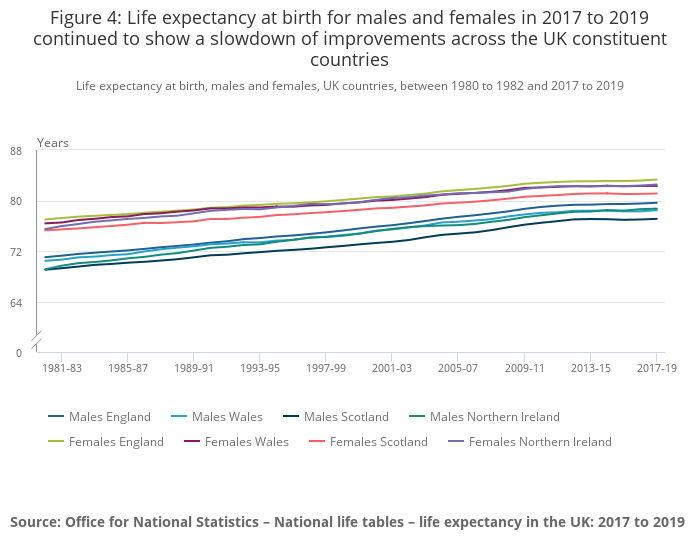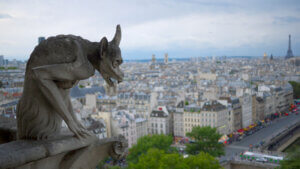
Wales (Cymru, in Welsh) is part of the United Kingdom and has a long history of burial customs often related to Celtic mythology. However, although many scholars have paid attention to Irish burial customs, there is a lack of research on Welsh death practices. However we did manage to unearth some interesting stories- no pun intended. There are many death superstitions around flowers and plants. We also explore Welsh death omens and the custom of sin-eaters.
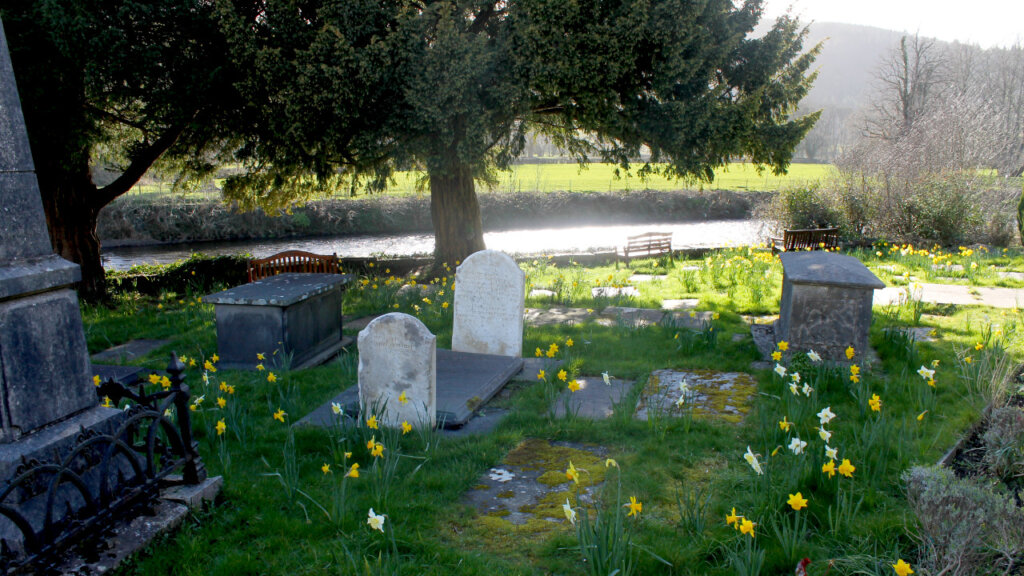
Flowers and plants are present at funerals in most cultures around the world. However, 19th Wales took such customs to a whole new level. For instance, if you brought holly in a friend’s house, it was like inviting death to that household. Or that if a geranium blossoms in November in a family’s garden, death will visit that family. But this is just the tip of the iceberg!
Welsh people used to plant roses on the graves of the dead relatives. Additionally, the color of the roses indicated different things. For example, a red rose was an indicator that the deceased had been a particularly nice person. If the deceased was young of age and a virgin, the rose was instead white.
Speaking of virgins, 19th century Welsh society had a very negative perception of lifelong bachelors. If an older person died a bachelor this negative social norm was present on their grave. Specifically, people would plant nettle, henbane or other toxic plants on the grave of an older unmarried person.
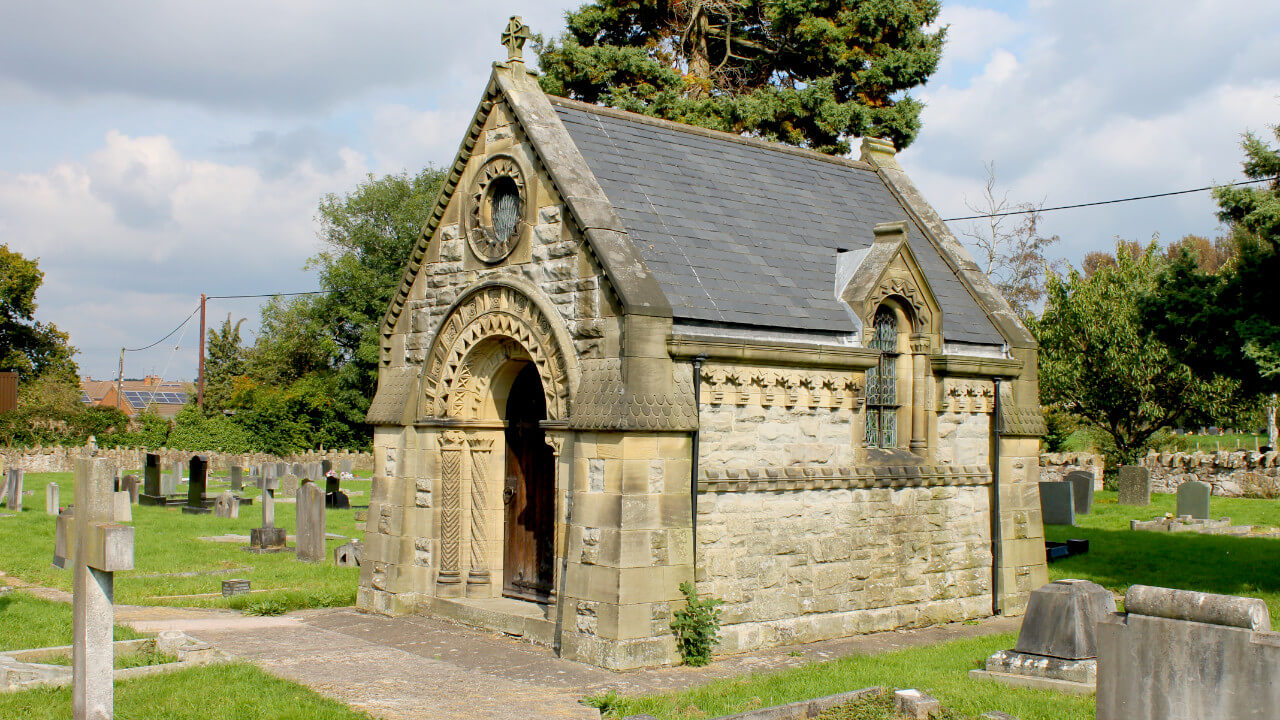
However, if the unmarried dead was a young person, these negative social connotations did not apply. Instead, people scattered evergreens and petals from sweet-scented flowers forming a path towards the grave. This also functioned as a metaphor, with all the flower petals signifying a marital bed of flowers. Since the young person died unmarried, at least they should have their marriage flowers before they are buried.
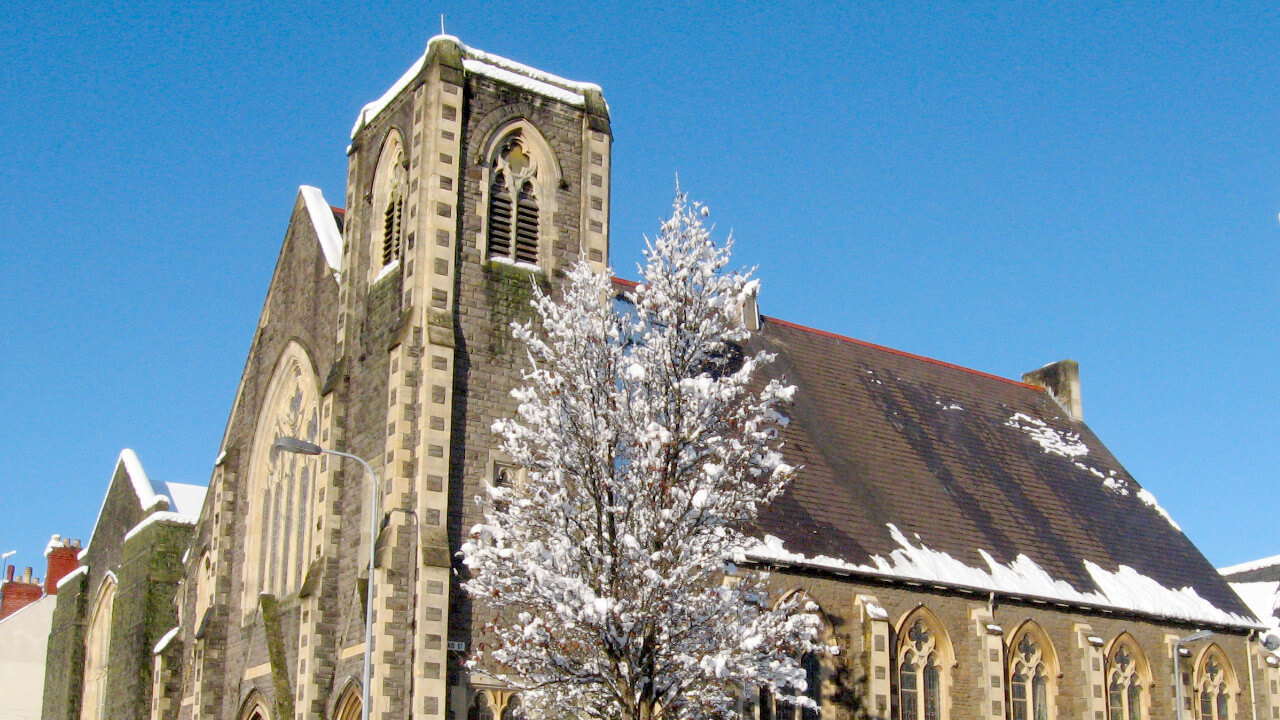
The story of the Grassless Grave discusses the exact opposite of a bed of flowers. According to this urban legend, a man called John Newton was accused of committing a robbery. Additionally, the court found him guilty despite him pleading innocent. He specifically admitted that he had committed other robberies but not the one he was on a trial for. However, his punishment was execution, since Wales practiced capital punishment during those times.
Moreover, John Newton continued supporting his innocence until he died. During his last speech, he said that God knew that he was not guilty and that He had already forgiven his sins. Additionally, he said that as proof of his innocence grass was not going to cover his grave for at least one generation. Indeed no flowers, plants or grass sprouted on top of the grave, creating a dead spot in the shape of a coffin.
The legend has it that even when someone tried to plant a flower in that spot it died. Therefore, the grave remained grassless.
Similar sources from the 19th century also document death beliefs and practices from late middle and early modern ages. One of the most interesting death practices is the 17th century notion of a sin-eater.
A sin-eater was a person that absorbed the sins of the deceased. It was usually a poor person that the family had hired to cleanse the dead of their sins. The practice used to mostly take place in Hereford. Firstly, the dead were brought outside of the house where the sin-eater was waiting. Then, the sin-eater stood above the corpse and drank beer from a maple ceremonial bowl called mazard. The Presbyterian Church also took no offense from this death practice.
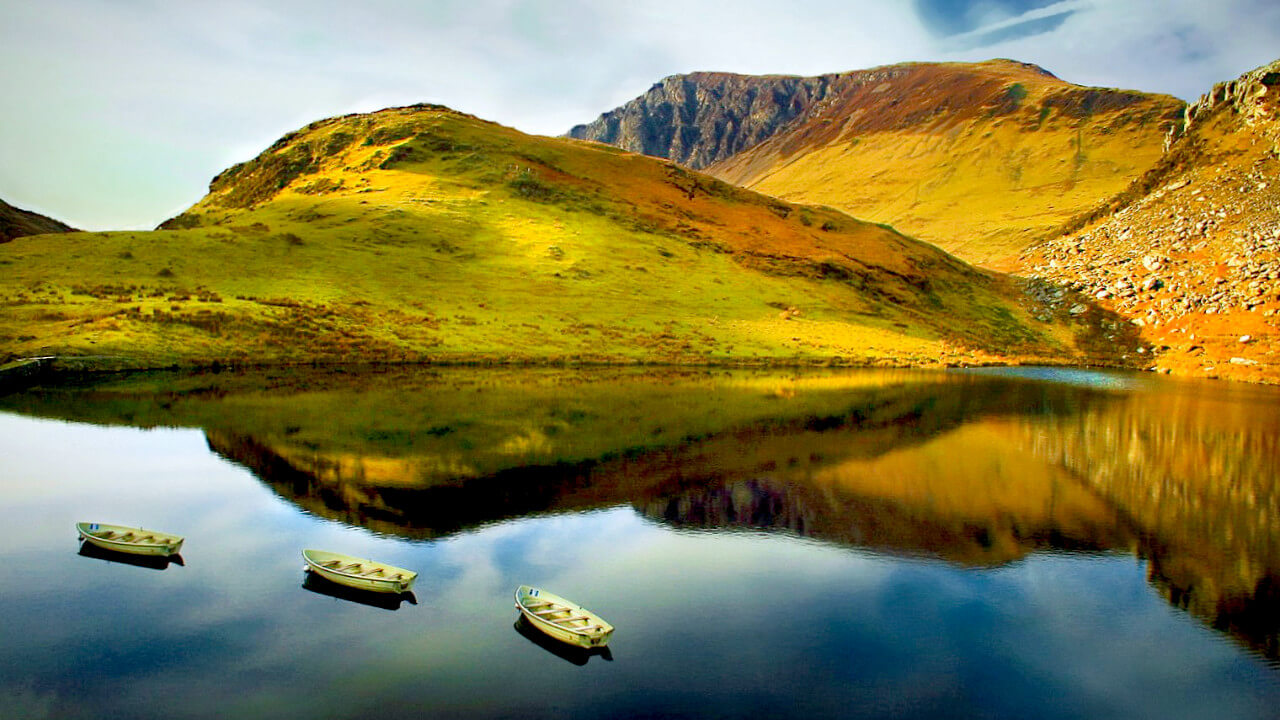
Every district had its own sin-eater. However, most communities saw sin-eaters as pariahs since they carried sins of multiple people. In addition to the beer mentioned above, the family of the deceased placed salt on a plate on the chest of the deceased. On top of the salt they added a piece of bread. The sin-eater would then whisper incantations on the bread, and then consume it. In this case, the bread became a symbol of the dead’s sins. The family then paid the sin-eater, who would leave as fast as he came since it was inappropriate for him to attend the funeral.
Sometimes they would also place a candle next to the salt since they believed that it would keep evil spirits away.
The death practice of sin-eaters could be linked to biblical notions of scapegoats, especially present in Aaron’s story. Finally, it is worth noting that up until the 19th century sin-eaters were active in North Wales.

On a final note, we are discussing a variety of death omens, present in Wales even during the early 20th century. For example, people believed that sometimes the closest relative of a dying person could hear a dreary noise. That was a classic Welsh death omen called Cyhiraeth. But it surely was not the only one.
The Dogs of the Sky (Welsh: Cwn Wybir), are also called the Dogs of Hell (Cwn Annwn). They should not be confused with hellhounds, though, since these dogs resembled hunting breeds. Unfortunately, no source specifies which breed of hunting canines these Dogs of the Sky resemble. What is, however, mentioned is that fire is also present when a Dog of the Sky shows up.
A sighting of a Dog of the Sky meant that the person who sees them is going to experience a loss. In other words, a close relative or friend of the person seeing the Dog of the Sky, would soon die. Interestingly, these devils never harmed the person seeing them.
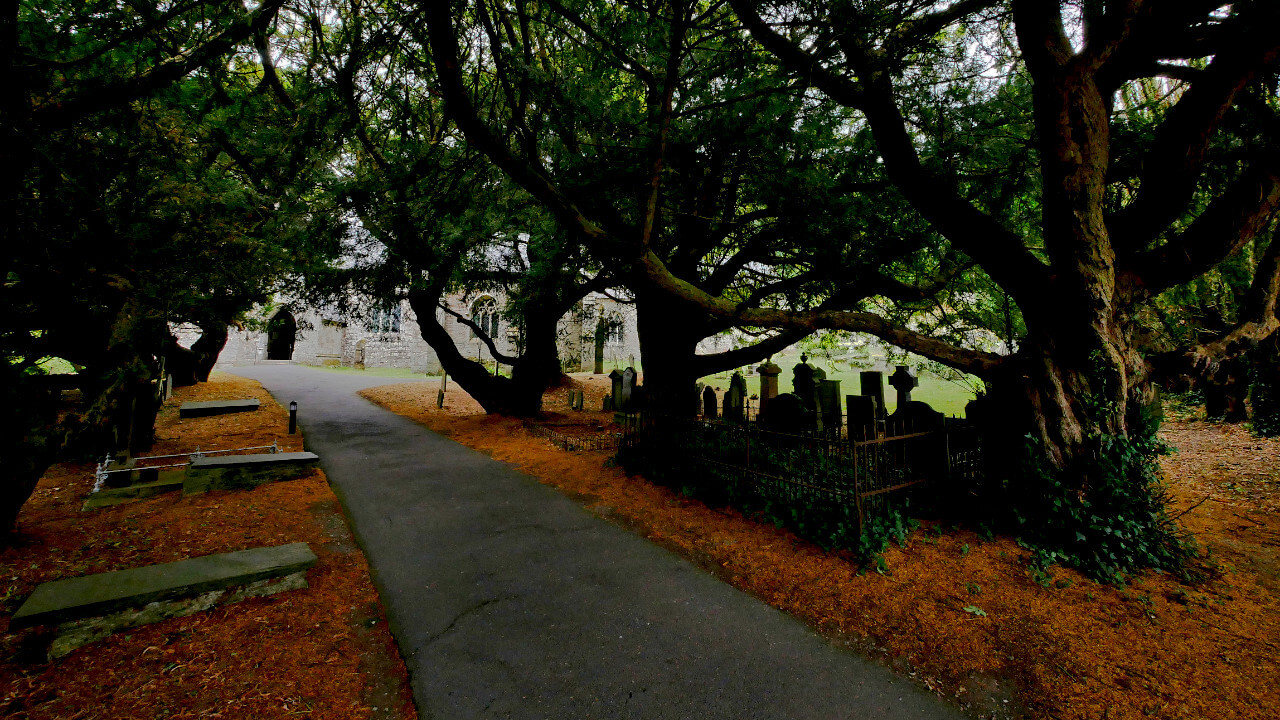
In Welsh tradition, a corpse candle (Canwyll Corph) is an apparition that works as an omen of death. Unlike the Dogs of the Sky though, the corpse candle would indicate who would die. According to legends, they hovered next to the house of the person that would soon pass away. Alternatively, they appeared on corpse roads. Corpse roads refer to the usual routes a funeral procession would take towards the graveyard.
Corpse candles usually had an eerie blue light. They were also often linked to phantom funerals.

That death omen takes it to the next level. A phantom funeral refers to a mysterious procession that would appear in rural Welsh villages. Locals could not recognize the people walking on the aforementioned corpse roads during these phantom funerals. According to some witnesses, when villagers tried to go close to them, they could not understand which language the mourners were speaking. Apparently, there was no funeral on that day in that parish. There was a funeral the next day though and the villagers realized that they had witnessed a phantom funeral: one of the most eerie and most outlandish death omens in Wales.
Or so the story has it. After all, it was very common for Welsh families to share these scary ghost stories around Christmas and New Years Eve.
We hope you learned something new regarding this country’s death practices! If you want know more about other death superstitions around the world, we have just the perfect suggestions for you!
Firstly, feel free to have a look at our article on Romanian customs. If you are still curious, feel free to check similar articles on France’s food superstitions or Italian beliefs.
In 2019 the average death rate of Wales was 1.162,6 per 100.000 men for males and 868,1 per 100.000 females. Both rates are higher than England’s rates from the same year.
The dead are buried or cremated relatively soon after death, often depending on their religious beliefs. Moreover, burials and cremations are both common in Wales. Especially cremations are becoming more popular already for decades. Often is also easier to find a burial spot for cremated remains than for a full-body burial.
Christianity has the largest following in Wales (57,6%). The Church of Wales, once part of the Anglican Communion but independence since 1920, has the most adherents.
It can be challenging to find Utilized Organ Donor rates since often the rate of Wales is mixed with percentages from the rest of the UK.
Additionally, it is worth pointing out that Wales has the highest organ donation consent rates in the UK. Specifically, it went from 58% (2015) to a staggering 77% within 5 years! That was a direct result of the soft opt-out law that was introduced recently.
